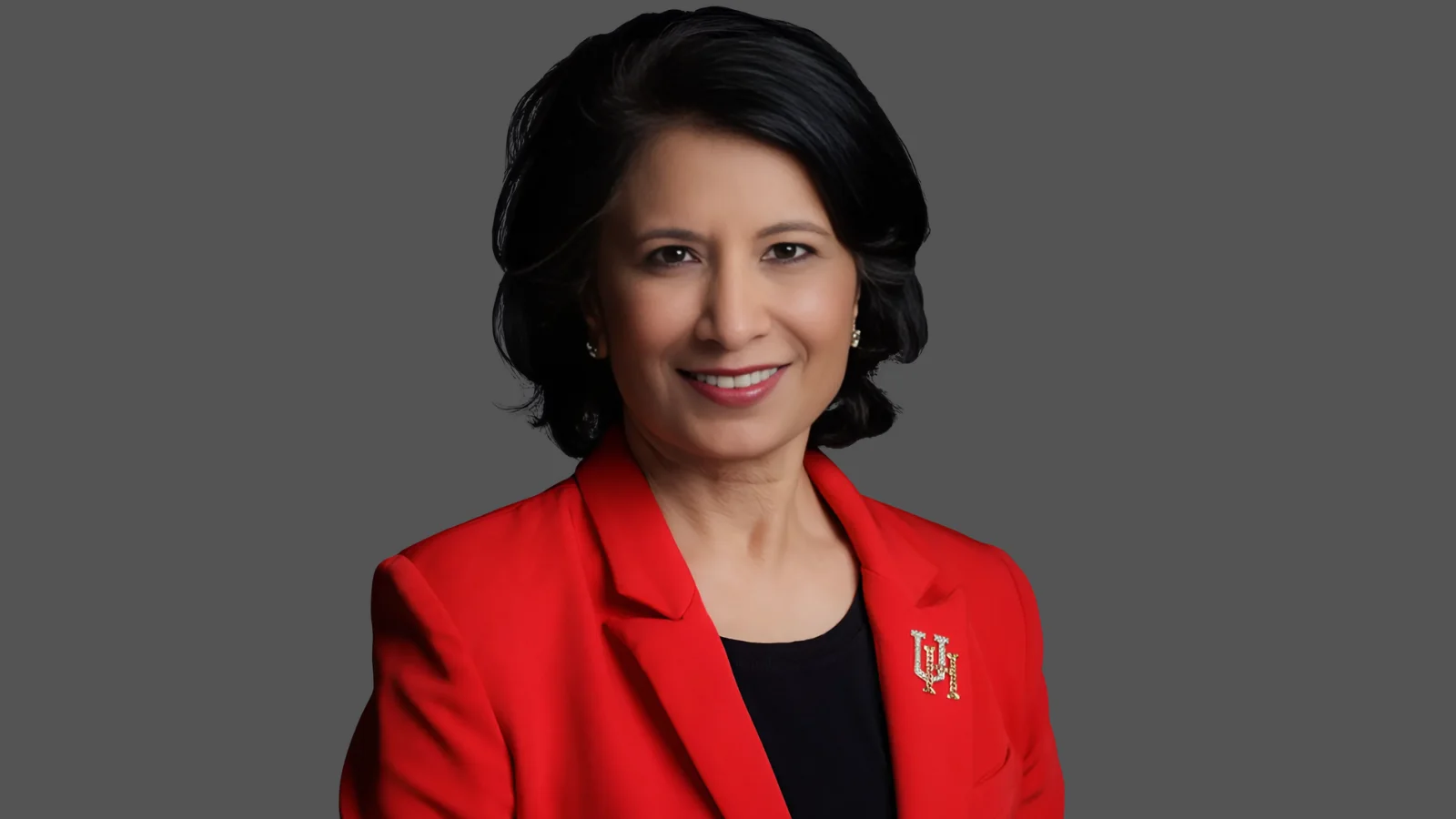University of Houston researchers are working on an AI-powered dashboard designed to aid food pantries in Florida. This initiative aims to improve disaster relief coordination and tackle food insecurity issues, potentially benefiting other regions such as Houston. The project is part of a $1.2 million grant from the U.S. Department of Agriculture (USDA).
The system will help food pantry leaders communicate their needs through SMS messages, which the AI will prioritize on a dashboard for quicker response during emergencies. Ioannis Kakadiaris, principal investigator and professor at UH, emphasized the importance of lessons learned from Hurricane Harvey in 2017 in strengthening disaster response capabilities.
“Our team is building directly on experience gained from Hurricane Harvey in 2017, and we expect the lessons learned in Florida will strengthen our disaster response capabilities back home in Houston,” said Kakadiaris.
The tool aims to be adaptable to various disasters beyond hurricanes. Marcus Sammer, application developer for the project, stated: “We want the tool to be completely flexible, so if there are fires or some other type of damage or disaster, it can handle the new situation.”
A USDA report highlighted that 13.5% of U.S. households experienced food insecurity at least once during 2023. This underscores the need for efficient systems like this one being developed by UH researchers.
The project builds on previous grants awarded to Kakadiaris by the U.S. National Science Foundation, amounting to over $2.2 million since 2021 for AI-based food security systems.
Throughout the one-year study period, surveys with stakeholders will be conducted to understand current communication systems better. A pilot version of the system is expected to be available for testing by September.
“Our job is to explore what the challenges are that need to be addressed using the technology, and then we hope that we or somebody else will run with this technology,” Kakadiaris added.

